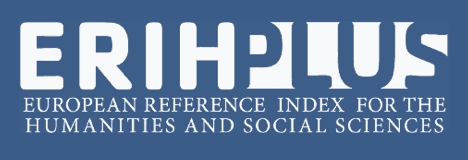What is the Problem Represented to Be: A Research Methodology for Analysing Australias Skilled Migration Policy
Abstract
Most discourse theories contain no suggestion of a methodology to conduct policy analysis. The view that a prescribed methodology is a restriction on interpretation may account for why specific methodologies are few in policy (and discourse) analysis. However, Fairclough (2001) Critical Discourse Analysis (CDA) demonstrates that a prescribed methodology in discourse analysis can coexist with abstract discourse analysis. Extending Faircloughs argument for prescribed methodology, Bacchi (2009) What is the problem represented to be? What is the Prob-lem Represented to Be (WPR) uses a series of questions to assist in uncovering problem representation within policy settings. This paper applies the WPR approach to an analysis of the 2010 reform of the Australian skilled migration policy. This reform was a watershed in Australian immigration policy in terms of who may immigrate to Australia and on what conditions. The skilled migration program focus shifted from supply to demand driven migration. The WPR approach is applied to determine the motivation behind the policy shift through a series of six questions that uncover the ineffectiveness of human capital theory assumptions that drive the rationale for supply driven migration as the problem representation but fail to address the real and unrepresented problems. The paper demonstrates the effectiveness of the WPR approach as a research methodology in critical policy analysis.

This work is licensed under a Creative Commons Attribution-NonCommercial 4.0 International License.













.jpg)








